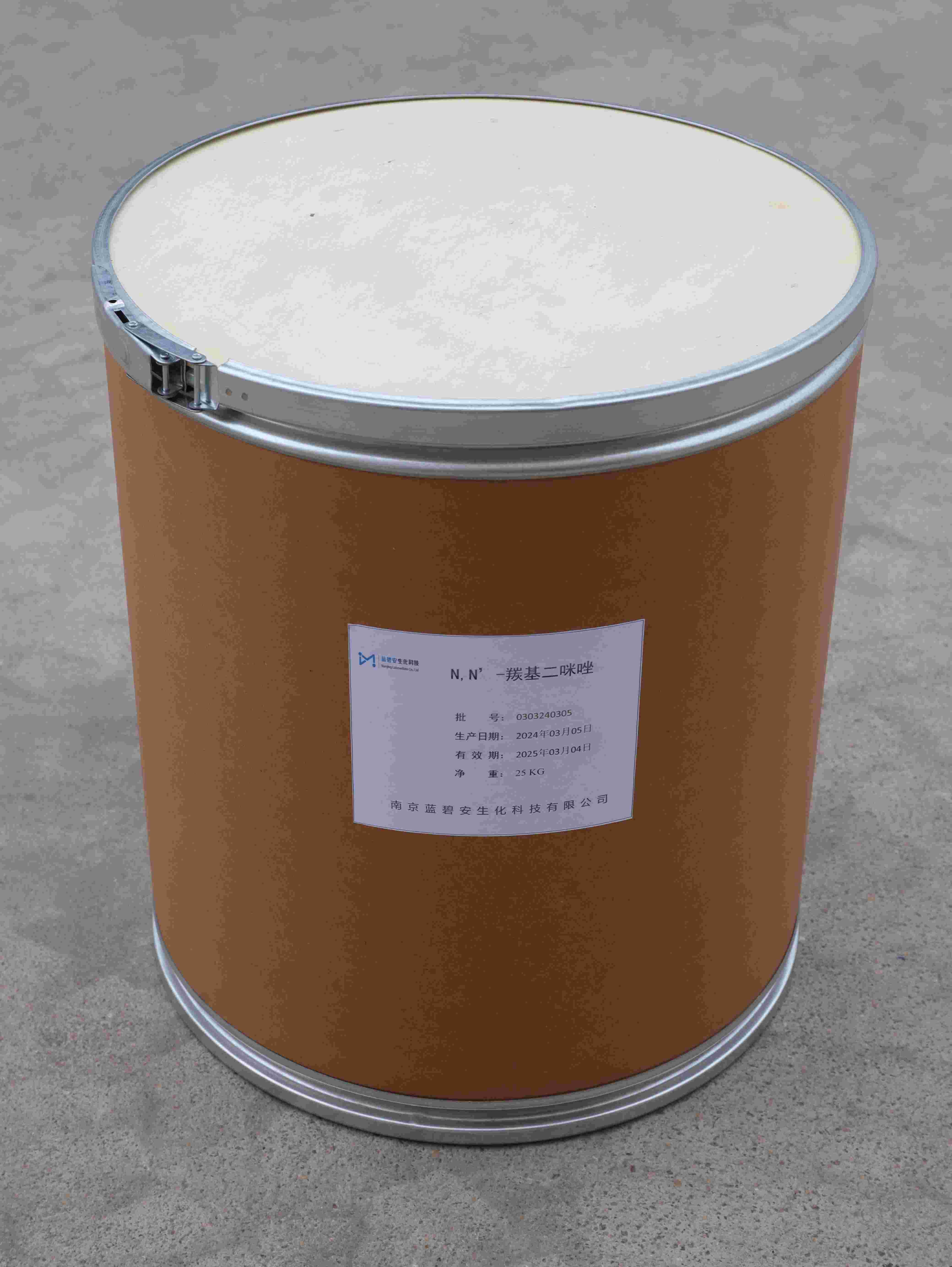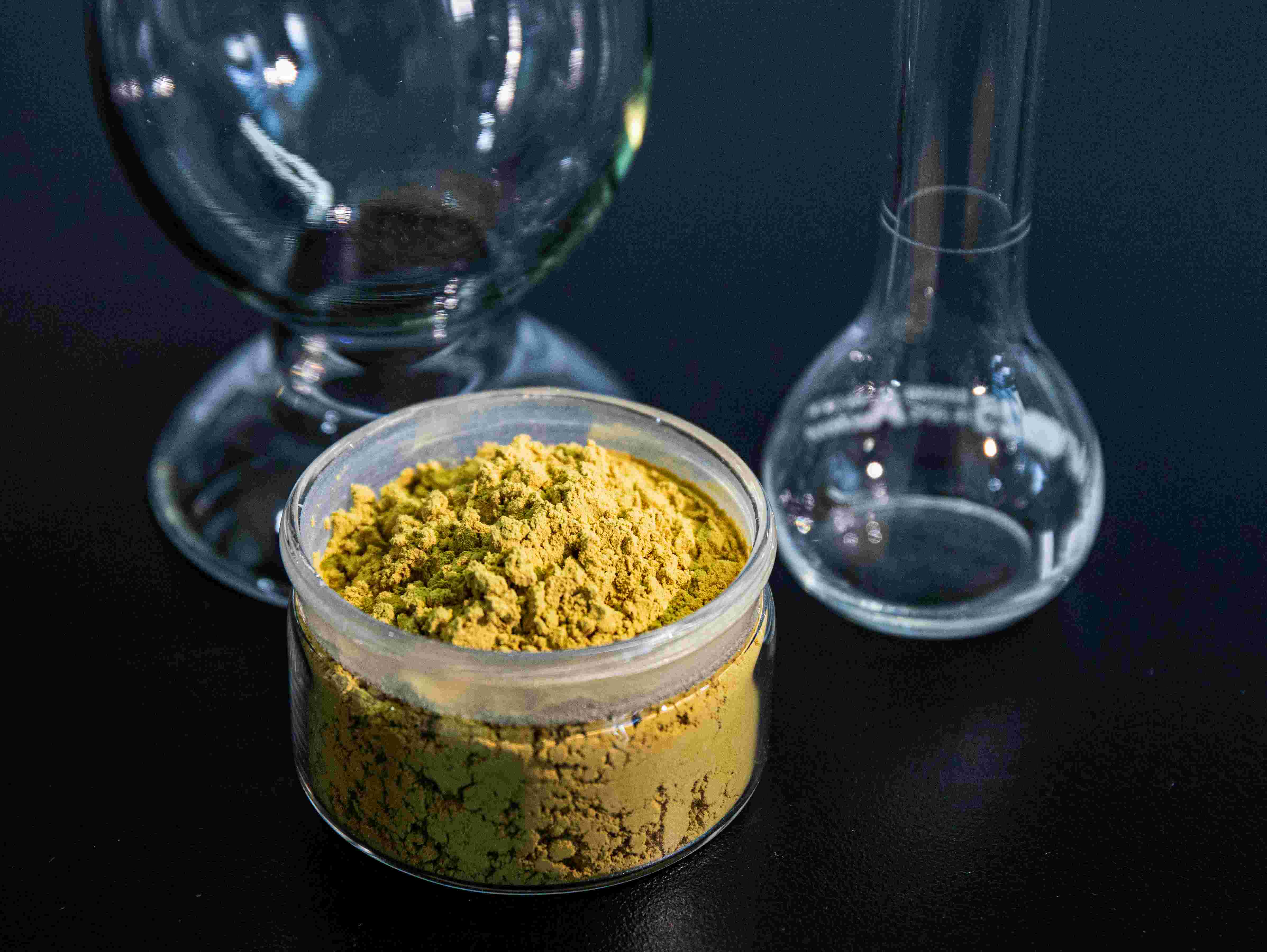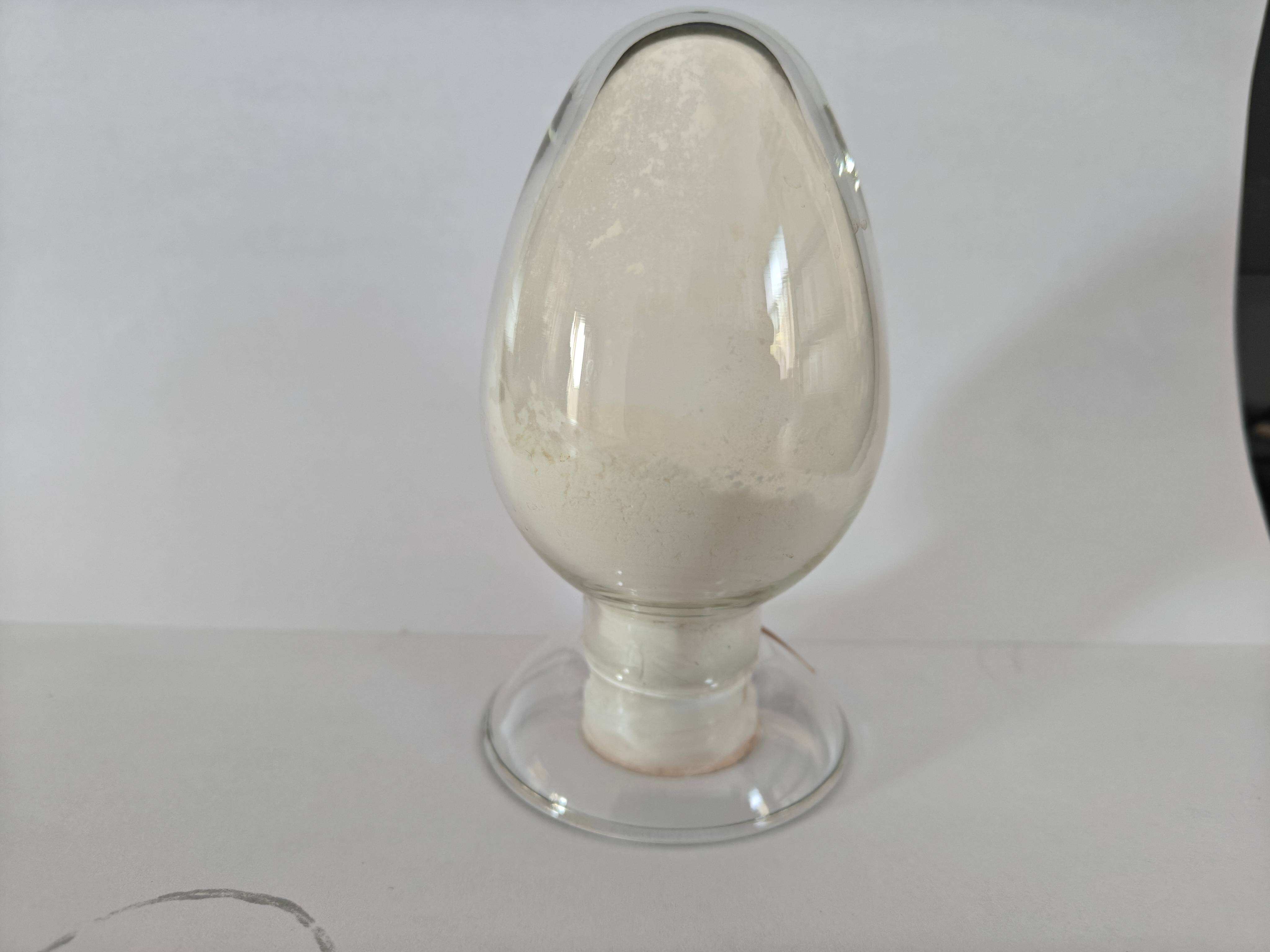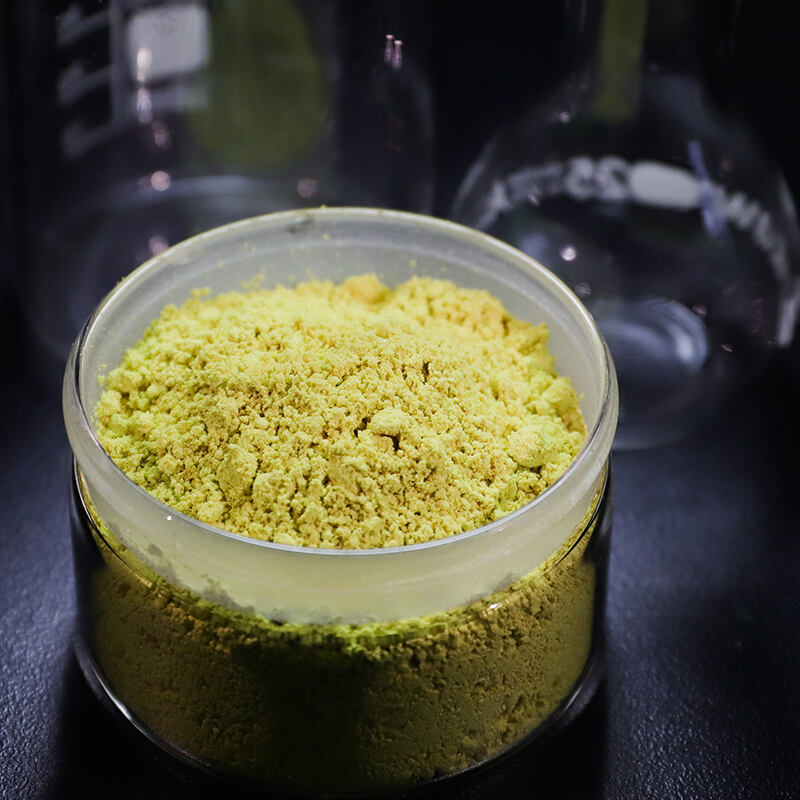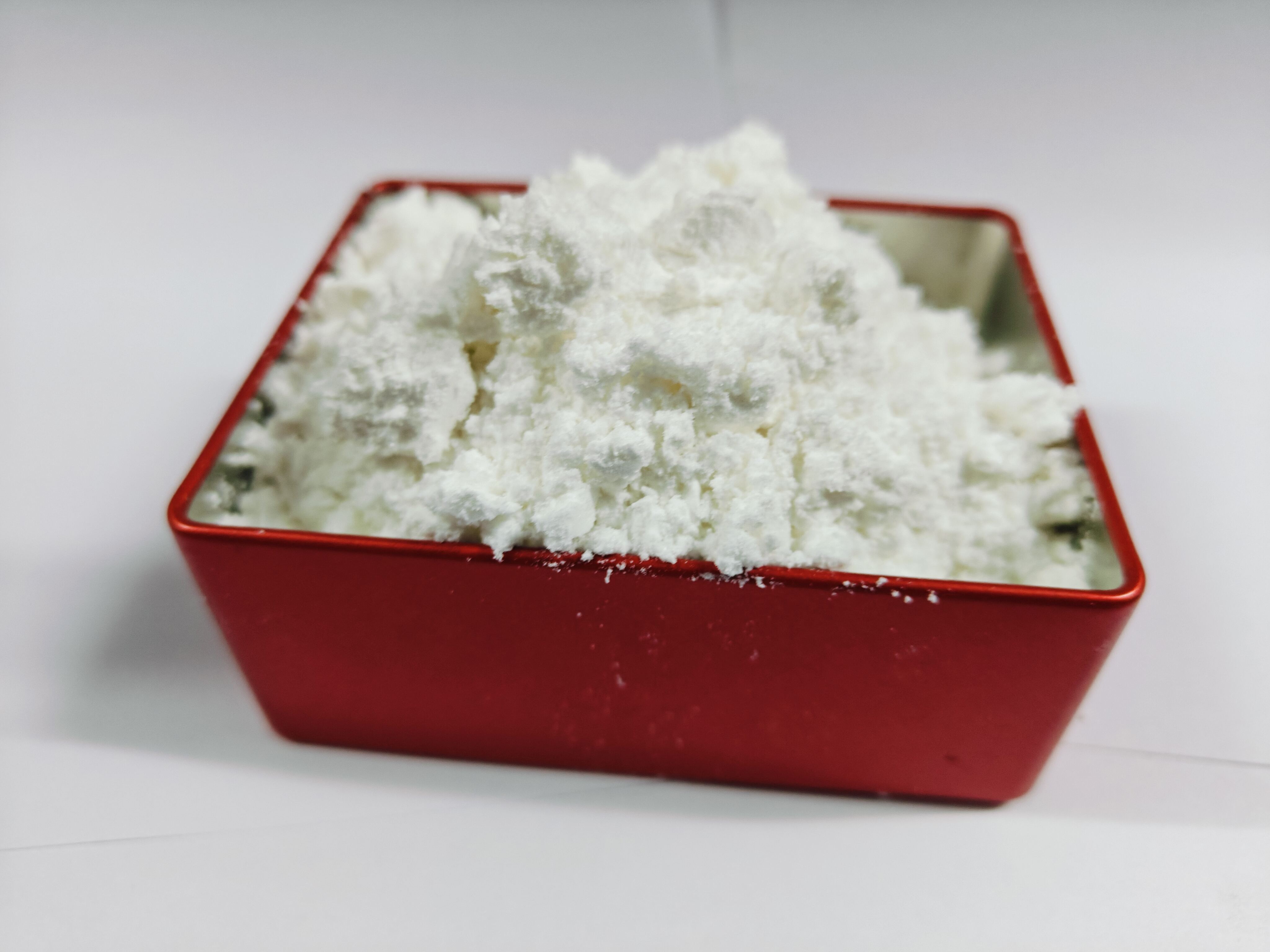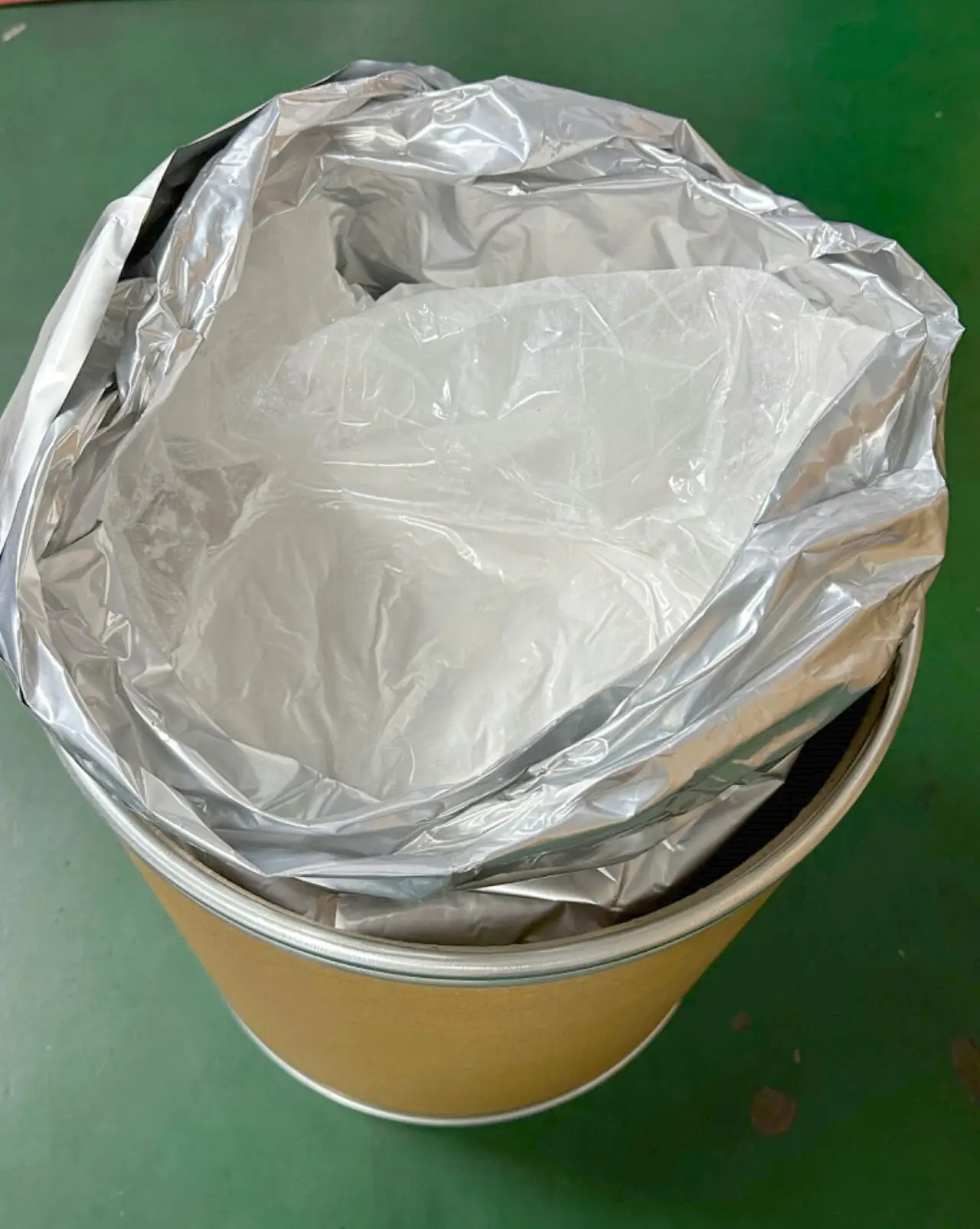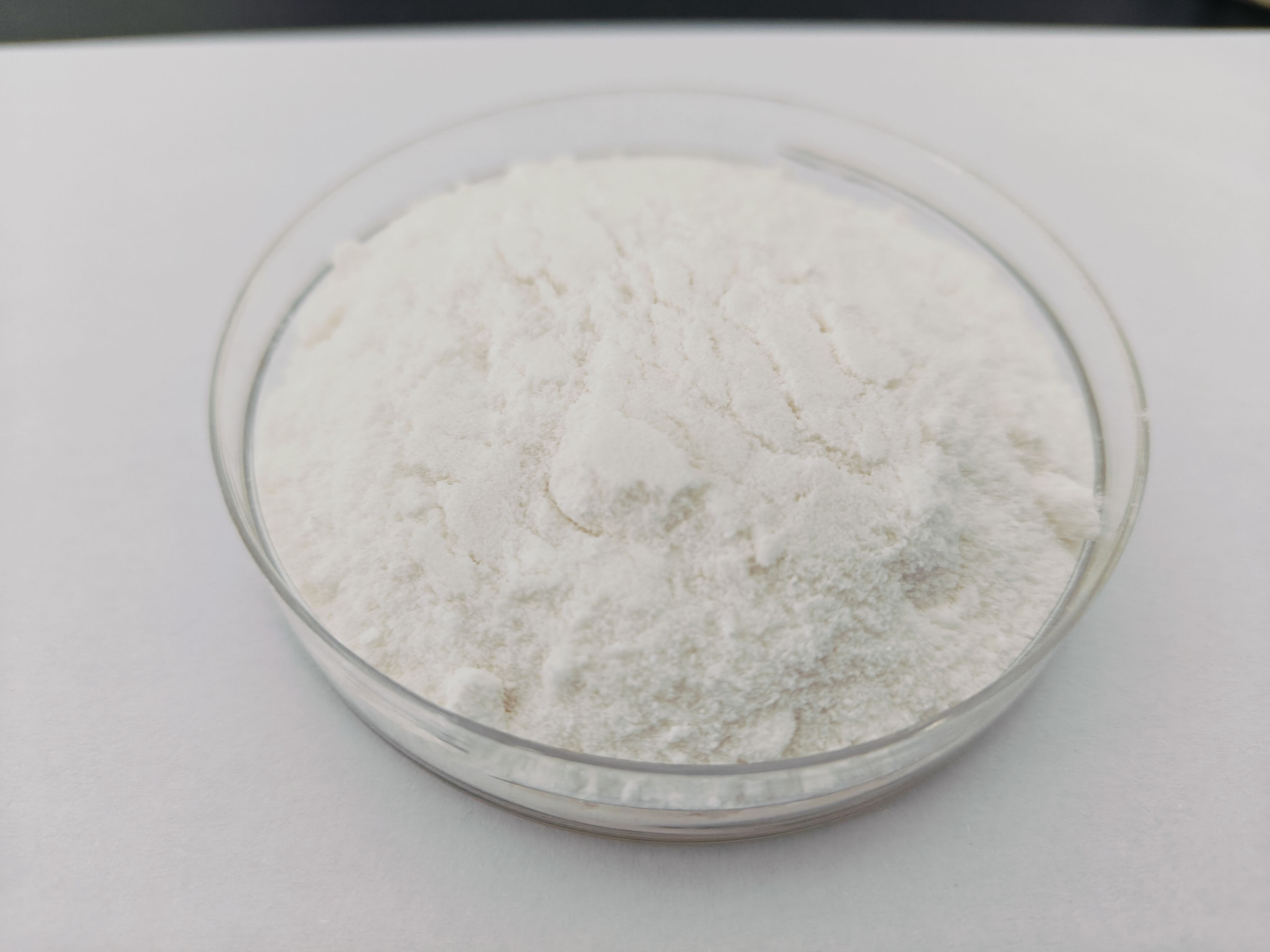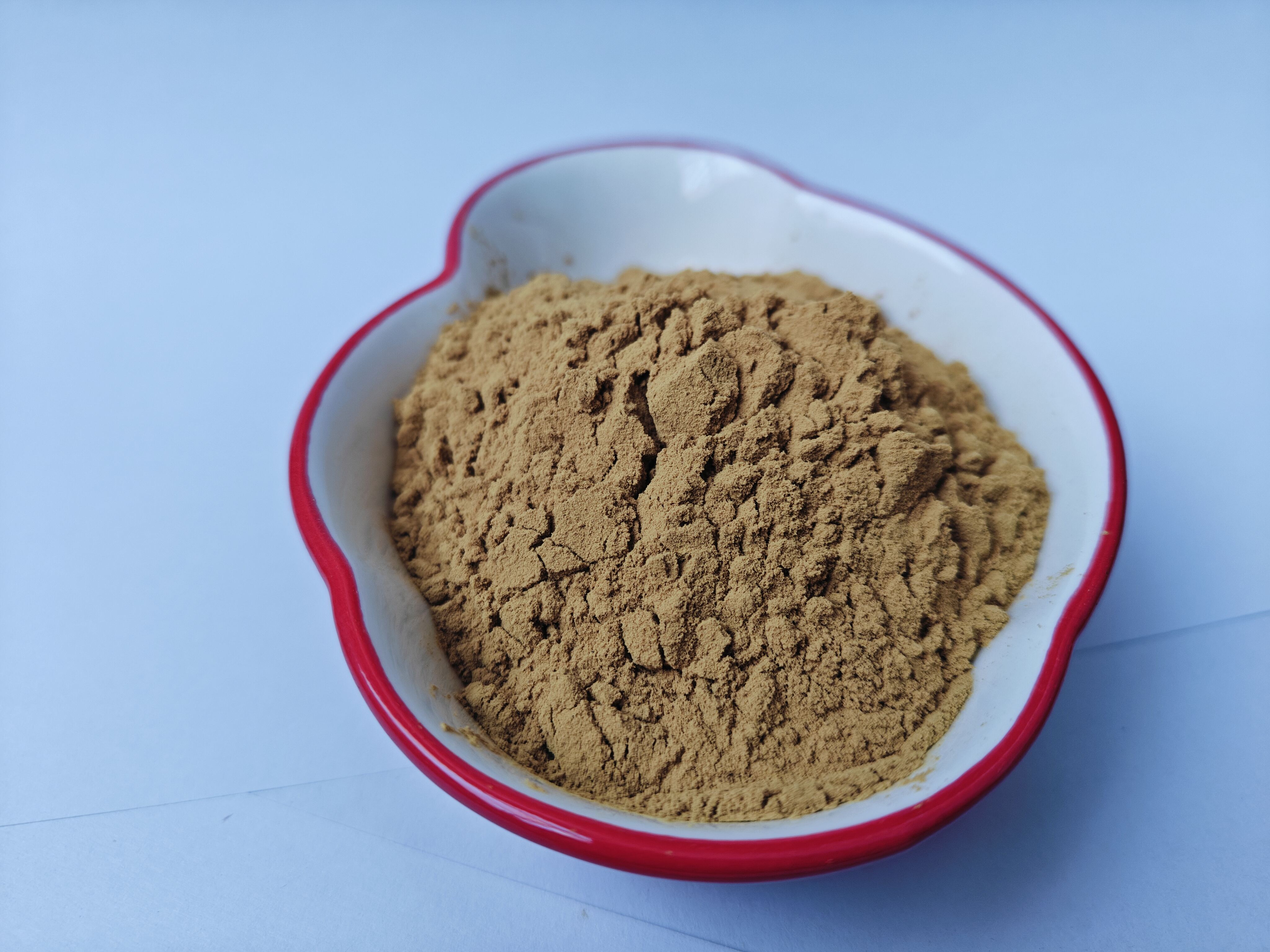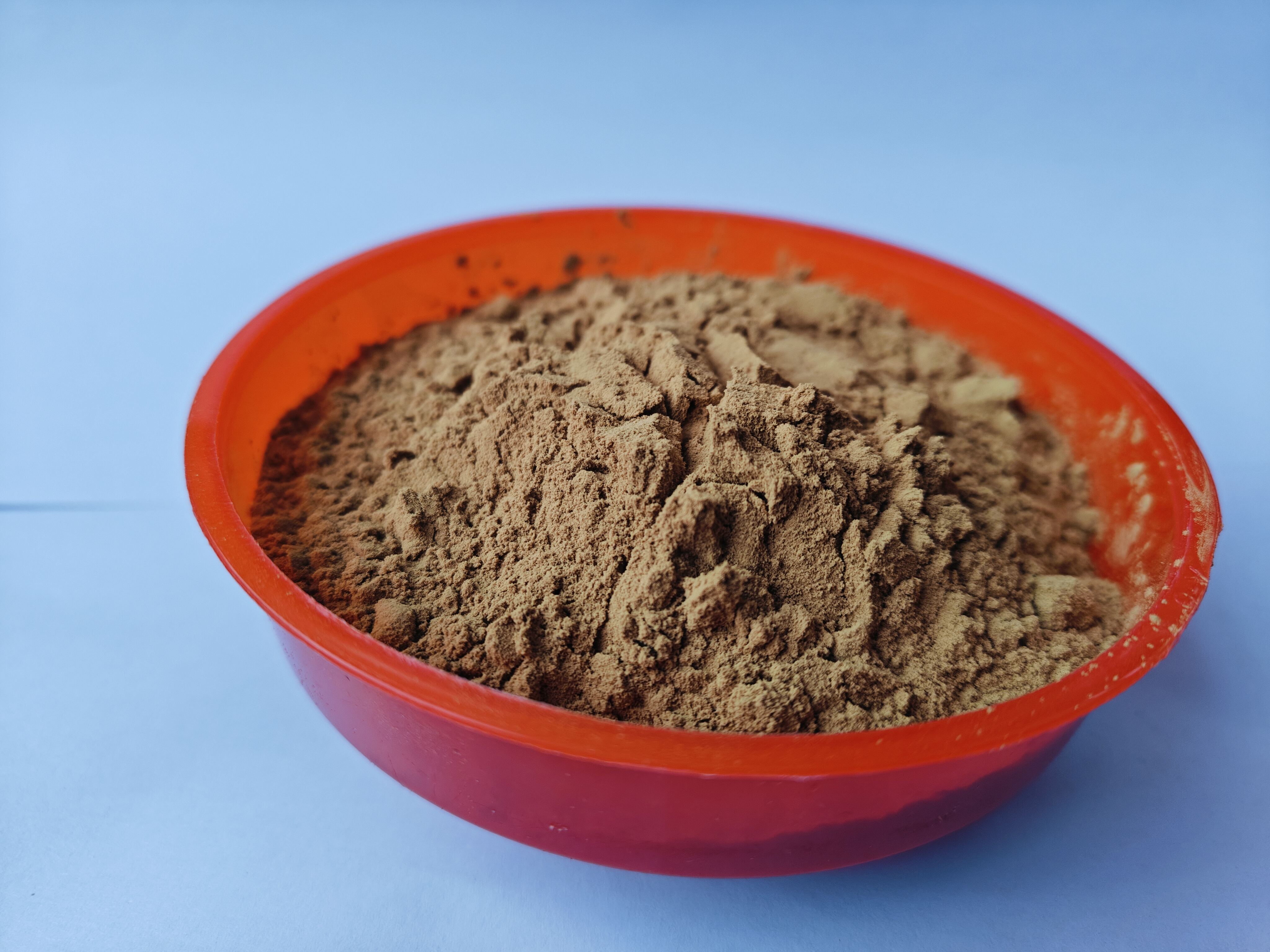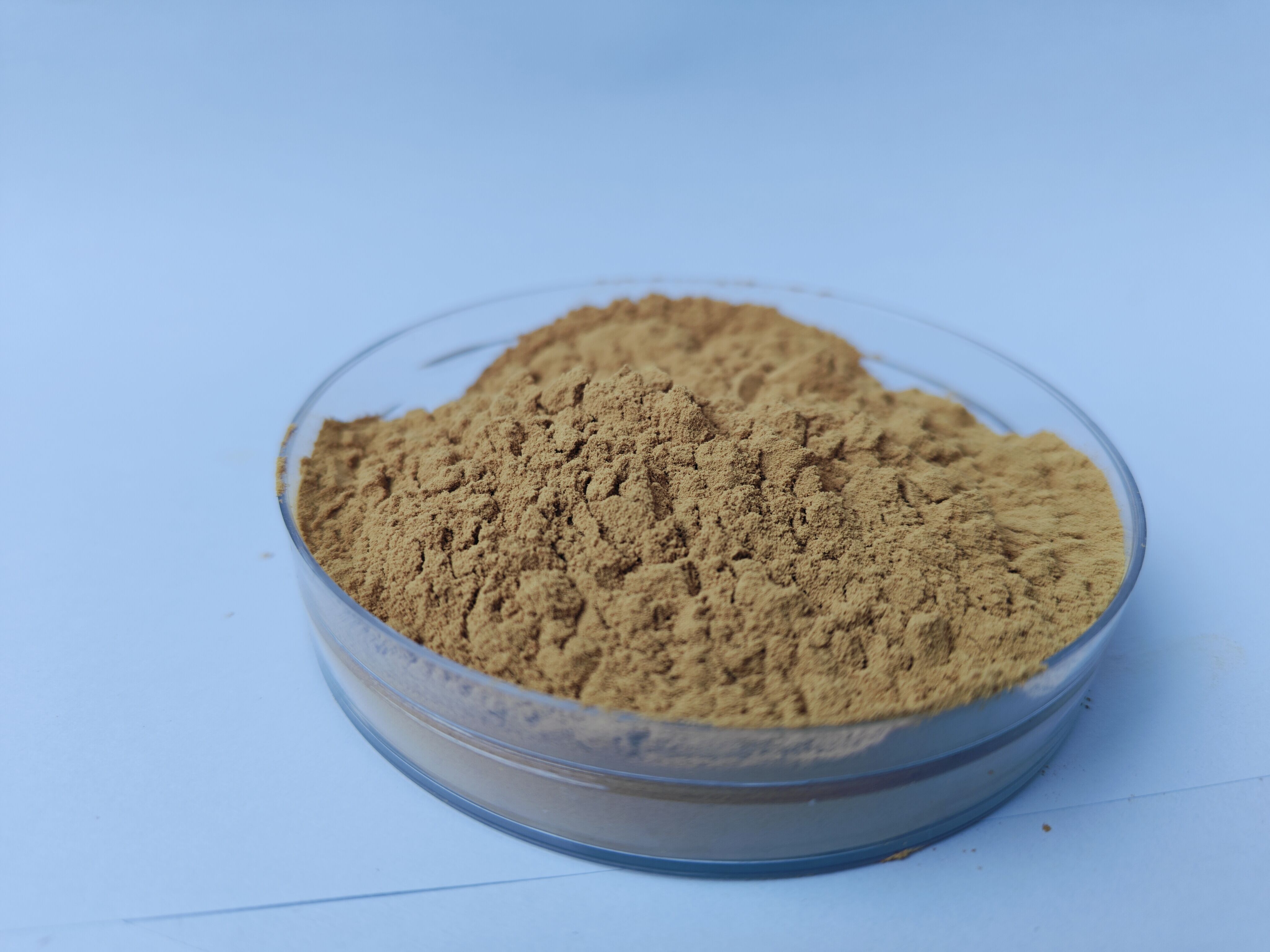epoxy resin types and their curing agents
Epoxy resin types and their curing agents represent a diverse family of high-performance materials essential in modern manufacturing and construction. These systems consist of epoxy resins, which are thermosetting polymers containing epoxide groups, and curing agents that initiate the cross-linking process. The main types include Bisphenol A, Bisphenol F, and Novolac epoxy resins, each paired with specific curing agents like amines, anhydrides, and phenols. These combinations create versatile compounds with exceptional adhesion strength, chemical resistance, and mechanical properties. The curing process, triggered by the reaction between the epoxy groups and the curing agent, transforms the liquid resin into a solid, durable material. Different curing agents influence the final properties, allowing customization for specific applications. These systems find extensive use in protective coatings, electronic encapsulation, structural adhesives, and composite materials. The technology behind these systems enables precise control over curing times, working life, and final performance characteristics, making them indispensable in industries ranging from aerospace to electronics manufacturing.

